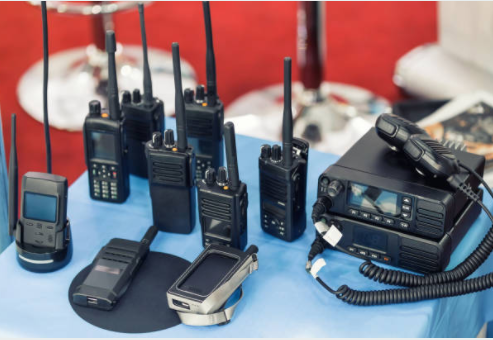TACTICAL COMMUNICATION
How much do we know about Tactical Communication?
An outstanding way of communication for the military and such kind of communication has information of any kind, especially orders and secret intelligence military acts, are conveyed from one command, person, or place to another upon a battlefield, particularly during the conduct of combat. It includes any kind of delivery of information, whether verbal, written, visual or auditory, and can be sent in a variety of ways. In modern times, this is usually done by electronic means. Tactical communications do not include communications provided to tactical forces by the Defence Communication Method to non-tactical military commands, to tactical forces by civil organizations, at the same time it does not include any strategic communication as well.

How much do we know about Tactical Communication?
The earliest way of communicating with others in a battle was by the commander’s voice or by human messenger. Someone would have to run from one commander to a subordinate to tell them what to do. Horses were one of the main messengers. An amazing fast way to send information was to use either drums, trumpets or flags. Each sound or banner would have a predetermined significance for the soldier who would respond accordingly. Auditory signals were only as effective, though, as the receiver’s ability to hear them. The din of battle or long distances could make using noise less effective. They were also limited in the amount of information they could convey; the information must be simple, such as attack, retreat or forward,etc. Visual cues, such as flags or smoke signals required the receiver to have a clear line of sight to the signal, and know when and where to look for them. Intricate warning systems have though always been used such as scouting towers with fires to signal incoming threats – this could occur at the tactical as well as the strategic level.
And in our modern times, where innovation has huge control over the world. Hence depending on the tech services any military has, they are always one step away in any major situation. Although visual communication flew at the speed of light, it relied on a direct line of sight between the sender and the receiver. Telegraphs helped theater commanders to move large armies about, but one certainly could not count on using immobile telegraph lines on a changing battlefield. At the end of the 19th century the disparate units across any field were instantaneously joined to their commanders by the invention and mass production of the radio. At first the radio could only broadcast tones, so messages were sent via Morse code. Security was a problem. If you broadcast your plans over radio waves, anyone with a similar radio listening to the same frequency could hear your plans. Advances in electronics, particularly during World War II, allowed for electronic scrambling of radio broadcasts, which permitted messages to be encrypted with ciphers too complex for humans to crack without the assistance of a similar, high-tech machine, such as the German Enigma machine. Once computer science advanced, large amounts of data could be sent over the airwaves in quick bursts of signals and more complex encryption was allowed. Communication between armies were of course much more difficult before the electronic age and could only be achieved with messengers on horseback or by foot and with time delays according to the distance the messenger needed to travel. Advances in long-range communications aided commanders on the battlefield, for then they could receive news of any outside force or factor that could impact the conduct of a battle.
Naval Tactical Communications
A very high end tech was a computerized information processing system developed by the United States Navy in the 1950s and first deployed in the early 1960s for use in combat ships. It took reports from multiple sensors on different ships and collated it to produce a single unified map of the battlespace. This information could then be relayed back to the ships and to the weapons operators.

